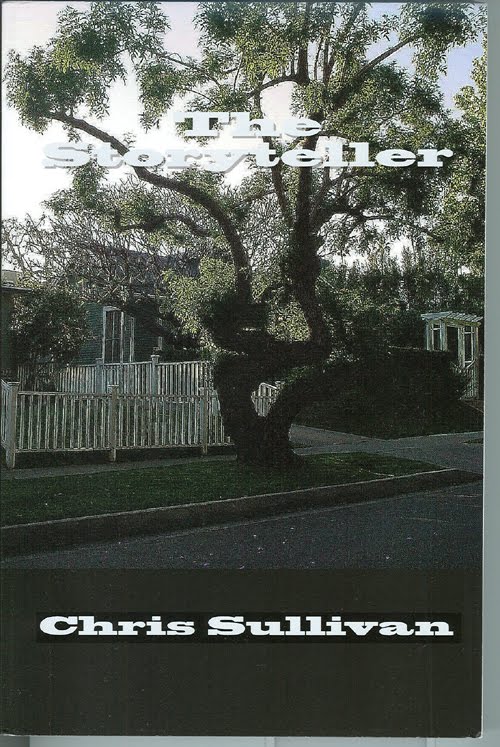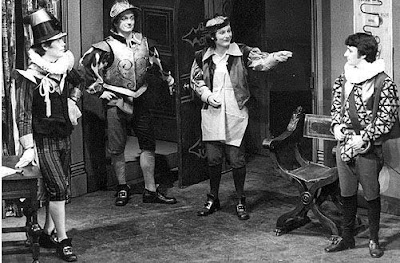
This is not going to be a long hi falutin essay about the rabbiting of Farage (the) Cabbage or Trump (the) Hump on our backs, but the whole world by now must be aware of the goings on concerning the post office here.
I used to work for the post office before I went to college. My mother always wanted me to be in a safe job at the age of 15, would you believe, for that is when we left school in my day. When they fitted me out in a uniform with a stupid hat, I felt like a bell boy at an hotel – an hotel? it is correct.
My job was to deliver telegrams and I was offered twice the money I was earning at an 'army and navy' store nearby. I used to hide the hat, I have to say, and I remember the guy who was fitting me out in the uniform saying to me 'oh you'll have all the girls after you when you wear this' – well there are uniforms and uniforms and this was not one of the attractive ones.
But there was a chance of riding a motor bike when I was 16 so that was something to look forward to. Geoff Duke, the great motor cyclist was one of my heroes so I looked forward to it.
All around the offices were big black windows, just below the ceiling – this was in every office – and behind the black windows were people spying on the workers down below. Somewhere on the outside of the building was a secret door where the spies would come in and go out. They were called the I.B., the Investigation Branch.
When I started the job I had to sign The Official Secrets Act – we were civil servants. In fact I signed the Official Secrets Act again, later when I was part time with the SAS which in conjunction with the post office, I was also paid.
That was when I was 18. A lot of the time I would go to the SAS at the weekends, sometimes to a firing range or other outdoor activities.
It was fun - 23 SAS, look them up.
If we had an accident on the motor bike we didn't carry any papers, just our driving licence. If anybody wanted to see proof of insurance we would say 'it's handled by the post office.'
The mighty post office.
The mighty post office with its own laws it's own police (the I.B.) and was a law unto itself. Where was I heading?
Needless to say I got out as soon as I could.
In those days it wasn't acceptable to be out of work – factory fodder and every other kind of fodder when bosses and gaffers talked down to you.
I heard some of the inquiry the other day when the post masters and post mistresses reported that they'd been given the third degree by mafia like interrogators.
The post office sent a guy with a black shirt and jacket in as a witness – nothing like playing the part.
Lots of people in this country for some strange stupid reason, think that anybody who reads The Guardian, is some kind of lefty revolutionary. 'What do you want that for?' I would hear when I was younger, well it was The Guardian, Private Eye, the BBC and their programmes who did all the work to expose the scandal at the post office. It was initially started by an ex postmaster called Alan Bates, no not the late movie star, writing to Computer Weekly Magazine and taken up by a reporter there called Tony Collins, that was in 2004 and the next person was Rebecca Thompson in 2009 – so you can see how long all this has been going on. She hunted for other people accused and charged and eventually a guy at the BBC did a radio series about the whole business and at the end of the day, after all these years, ITV commissioned the series.
Now you may ask why ITV when a lot of other people did the ground work – I don't know, but would as many people have viewed it on the BBC? It had already been on Panorama and loads of times on Radio 4.
So don't criticise The Guardian and the Private Eye with the brilliant Ian Hislop – we need them.











